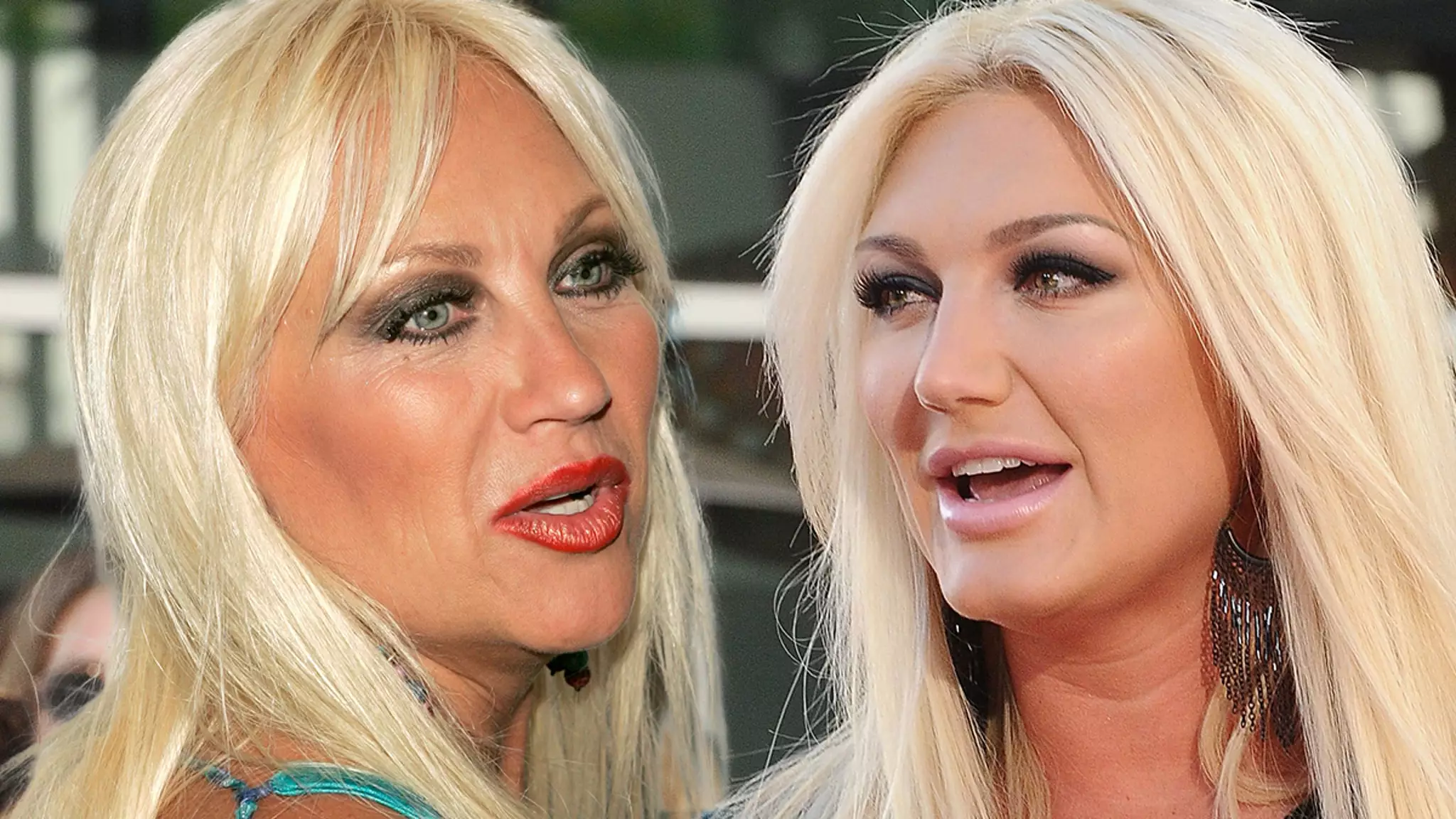The public spectacle surrounding the Hogan family showcases not just the complexities of familial relationships, but also the dangerous game of perception shaped by social media. Recent exchanges between Brooke Hogan and her mother, Linda Hogan, have escalated into a fiery confrontation, exhibiting the bitter dynamics that often occur within families, particularly under the scrutiny of public interest. It raises an important question: How do personal conflicts morph into public dramas, and what impact does this have on those involved?
In the latest chapter of this saga, Brooke took to Instagram to respond to her mother’s allegations that she displays narcissistic traits. This rhetorical exchange is laden with accusations, defensiveness, and attempts to reclaim power. Brooke’s assertion that she never desired this conflict and her rebuttal to the timeline of events provided by Linda highlights a critical aspect of familial disputes—the divergent perspectives on shared history. Each party claims authenticity and truthfulness, yet their narratives could not be more different.
The Role of Evidence and Perception
One of the most potent weapons in Brooke’s retort is her decision to produce what she refers to as “receipts.” In her Instagram post, she shared photographic evidence contradicting Linda’s claims about their relationship and her husband’s involvement. This brings to light a significant element of familial disputes: the reliance on “proof” in a digital age where memories can be easily challenged. Although photographs can serve as evidence, they don’t tell the complete story. They create a layered visual that may evoke sympathy or derision, yet cannot encapsulate the emotional nuances at play.
Linda’s counterattack accuses Brooke of failing to remember their relationship accurately because of her choice to side with Hulk Hogan during the divorce. This claim speaks to another critical aspect of these familial exchanges—perception driven by divided loyalties. Children often find themselves in loyalty binds between their parents, which can distort their memories and feelings toward one or both parents. Linda’s assertion that narcissism runs in the family suggests a cyclical understanding of emotional turmoil—each generation dealing with the past differently.
The Weight of Abuse and Accountability
At the core of this unfolding drama are accusations of abuse. Linda’s denial of ever being abusive, alongside her admission of a singular instance where she “spanked” Brooke, raises challenging questions about accountability. What constitutes abuse in a familial setting? The term can carry different connotations depending on one’s perspective, and Linda’s assertion that she was the victim of her daughter’s violence complicates the narrative further. Brooke’s claim of extensive verbal, mental, and physical abuse adds another layer, highlighting how serious allegations morph into finger-pointing and deflecting blame.
The unpredictable nature of familial relationships is often exacerbated by external perceptions; social media and public opinion can amplify grievances to unprecedented levels. As Linda asserts her ambiguity toward defending herself against public outrage, it begs the question of how these public platforms can influence personal relationships. The “court of public opinion” can become as impactful as actual legal disputes, leading to long-lasting ramifications for those involved.
The Toll of Public Betrayal
This public feud between a mother and daughter shines a light on the profound toll that betrayal can have on familial relationships. Linda’s claims that Brooke no longer communicates with the family and Brooke’s rebuttal depicting her childhood as one of significant emotional distress exemplifies a fracture that seems nearly impossible to mend.
As the story unfolds and delivers yet another chapter of accusation and counterargument, the implications stretch beyond the Hogan family. They reflect the broader societal discussions around mental health, shared trauma, and the vernacular of abuse. Modern technology has created a landscape where families can air grievances in a public forum, forcing them into the spotlight with often devastating effects.
Ultimately, the saga invites reflection on the complexities of human relationships and how they manifest in public life. While it is tempting to choose sides and weigh in on the drama, the reality is that beneath the surface lies a tangled web of emotions, memories, and unhealed wounds—a profoundly relatable narrative in our ever-polarized world.

Leave a Reply